What is Occupational Hygiene?
What is Occupational Hygiene?
The professional and specialist field of Occupational Hygiene can also be called Industrial Hygiene. The services provided by an Occupational Hygienist cover a range of Health and Safety factors concerned with identifying, measuring, critiquing and recommending solutions to hazards found in almost all parts of an organization’s workplace.
Occupational Hygiene can be understood as the science behind workplace health and safety. While the official definition provides some context regarding the task of an Occupational Hygienist, it does not explain what specific areas of a business or organisation would require the advice of an Occupational Hygienist.

The official definition is that
“Occupational Hygiene is the anticipation, recognition, evaluation, control and confirmation of protection from hazards at work that may result in injury, illness or affect the wellbeing of workers”.
In layman terms, Occupational Hygiene is concerned with finding, identifying, measuring, monitoring, controlling and minimizing exposure that are health risks to people at work.
We choose the term “people at work” here because Occupational Hygiene is not only concerned with the health and safety of a company’s employees but also with the health and safety of their contractors, visitors or third-party service providers present at a workplace.
For all people that work, visit or pass through an area that can be defined as a workplace, no matter if that workplace is inside, outside, permanent or temporary, the duty of care of an PCBU dictates that this work-environment does not represent a risk to their health or wellbeing, short term and in the long term.
Some examples are given below that explain the context:
Example 1 (Asbestos Audit & Register):
Trades people that got hired to renovate an office are handed over the up-to-date Asbestos Register of the building, to assure, they are not exposed to the health hazard that Asbestos represents.
Example 2 (Dust Monitoring):
The longtime truck driver of a quarry (subcontractor) is included in the risk assessment regarding inhalation of silica dust.
Example 3 (Noise Mapping):
A bottle recycling center undertakes noise monitoring to determine the general noise level in the facility and to determine if the high pitch noise when working with glass represents a health hazard for their employees and what controls are required for workers.
Example 4 (Diesel Fumes DPM):
The Indoor Air Quality of the office space of a logistic company is assessed to determine if office workers are exposed to Diesel and Exhaust fumes from the adjoining loading terminal.
Some areas Occupational Hygiene is concerned with:
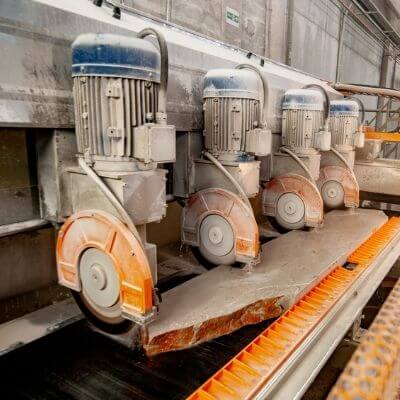
Dust & Silica
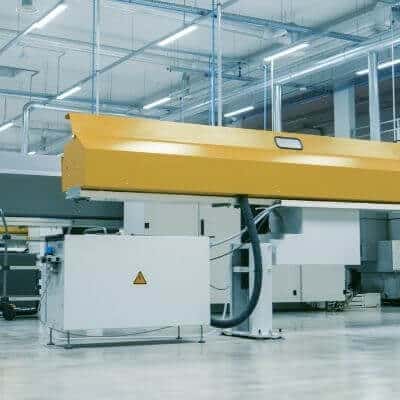
Indoor Air Quality

Noise
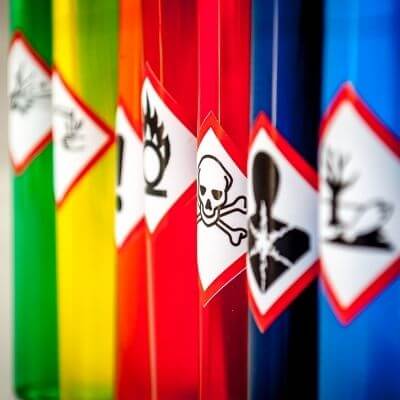
Hazardous Substances

Diesel Particulate Matter

Sick Building Syndrome
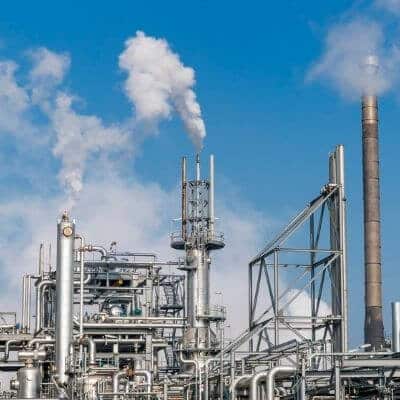
Air Contaminant

Mould & Airborne Microbes
What are Occupational Hygienists?
Occupational Hygienist are qualified scientists that have the knowledge and experience to assess work-environments and work-processes to find and assess areas of risk, recommend and develop mitigation strategies, and confirm that the controls put in place are effective.
The three areas of Occupational Hygiene:
The field of Occupational Hygiene covers three main areas of hazard types; chemical, physical and biological. In recent years a fourth area is sometimes mentioned: ‘psychosocial hazards’, These are those hazards that can affect the psychological well-being of workers. However, commonly, Occupational Hygiene covers the three areas above while psychosocial hazards are more relevant for an WHS risk assessments.’
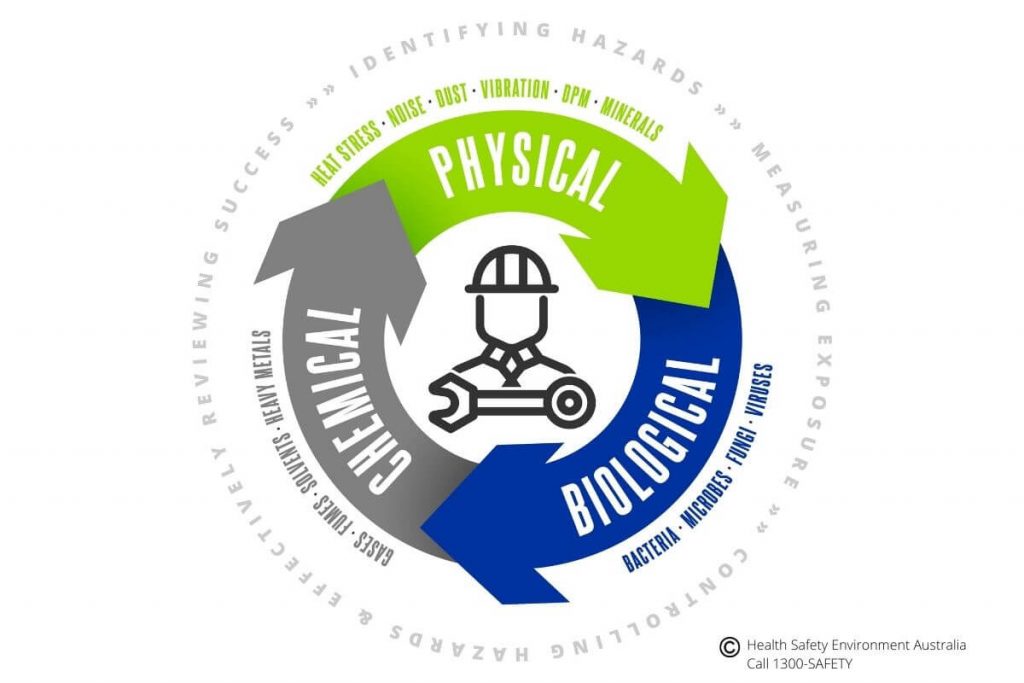
Relevant hazards include:
Chemical
- Gasses: Ammonia, Chlorine, Carbon Monoxide
- Fumes: Welding Fumes
- Solvent: Paint remover & Paints
- Heavy Metal: Lead, Cadmium, Chromium
Physical:
- Dust: Mining, quarrying, stone cutting
- Noise: Manufacturing, construction
- Heat Stress: Ambient temperatures
- Vibration: Jackhammer, Chainsaws
- DPM: Diesel Exhaust fumes from vehicles
- Minerals: Respirable quartz (gravel production)
Biological
- Bacteria
- Airborne Microbes & Mould
- Surface Fungi
- Viruses: Covid19
Sometimes complemented with: Psychosocial
- Bullying
- Stress
- Extreme workload
- Traumas
The list above indicates that Occupational Hygiene is relevant for almost all industries and types of workplaces. However, some industries such as the mining industry, the oil & gas industry, the health care industry or the construction industry are more likely to need their workplaces to be assessed by a Certified Industrial Hygienist (COH). All industries that have some sort of environmental impact, or, by the nature of their work, an impact on the people at their workplace, are likely to need an Occupational Hygiene assessment to identify areas that require risk mitigation actions that reduce risk of exposure to hazards.
If you have any concerns regarding the occupational safety of your workplace, please get in touch.
HSE Australia’s team of Occupational Hygienists and Hazardous Substances Specialists is available 24/7 and Australia-wide.

